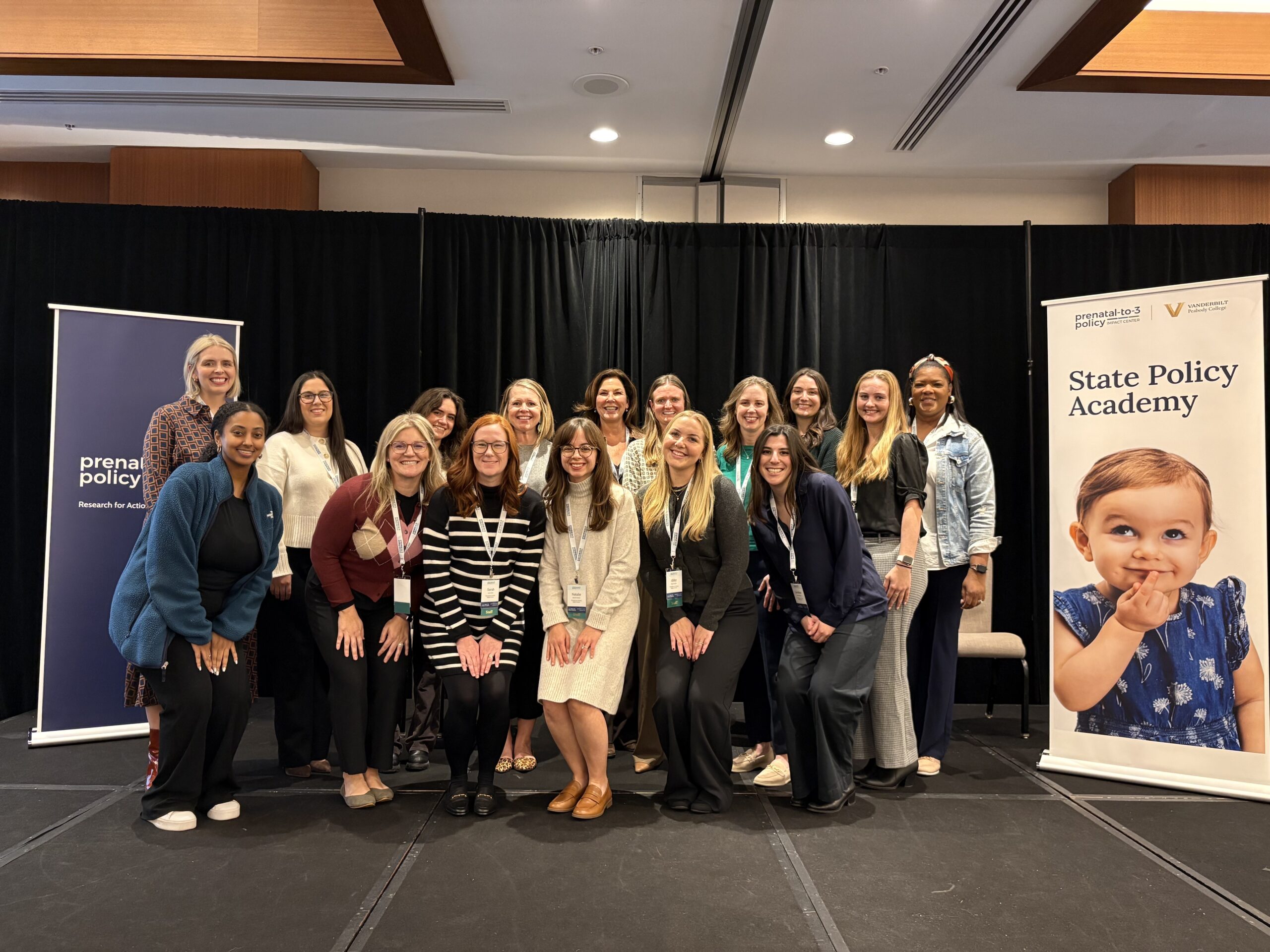REIMBURSING PROVIDERS FOR TRUE COST OF CARE OFFERS A SOLUTION
Press Contact: Molly Kramer, 615-343-8948, molly.m.kramer@vanderbilt.edu
Today, we released the final brief in the four-part Child Care in Crisis: Texas Case Study series. The brief finds that the Texas child care subsidy program sets reimbursement rates too low to cover the cost of providing care. As a result, Texas is underpaying child care providers by as much as $870 per month per child. Three states have begun using an innovative cost estimation model to identify the true cost of providing child care and to subsidize care at a rate that supports sustainable business. Applied in Texas, this approach would allow providers to remain in business, pay child care educators reasonable wages, and enable families to work.
Child care subsidies provide financial assistance to help make child care more affordable for low-income families with parents who are working or enrolled in education or training programs. The new brief, Subsidy reimbursement rates in Texas remain far below the true cost of providing child care, explains that most states use a market rate survey to set child care subsidy reimbursement rates comparable to prices charged to private pay families. However, market prices are constrained by what families can afford to pay, and as a result, the rate may underestimate the cost for child care programs to provide care—perpetually reimbursing providers inadequately for the care provided, contributing to the instability of the industry.
“The child care subsidy reimbursement is so low that I lose money with every slot,” says Tim Kaminski, a child care director and owner in Richmond, Texas. “Essentially, I am subsidizing the subsidy system.” Insufficient subsidy reimbursement rates contribute to thin margins for child care programs and low early childhood educator wages, as well as limit access to child care subsidies for families.
“States throughout the country are experimenting with cost estimation models that consider all the costs that go into providing child care. The idea is simple. To ensure sustainable businesses, reimbursements should match the actual cost of the service provided,” said Dr. Cynthia Osborne, Executive Director of the Prenatal-to-3 Policy Impact Center and Professor of Early Childhood Education and Policy at Vanderbilt’s Peabody College. Several states—including New Mexico, Washington D.C., and Virginia—use a cost estimation model to set reimbursement rates at the true cost of care.
The Prenatal-to-3 Policy Impact Center developed the Child Care in Crisis research briefs as part of our work with the Texas Workforce Commission to develop Workgroup Recommendations to Inform the 2022 Child Care Workforce Strategic Plan, in accordance with Texas House Bill 619 of the 87th Legislature of Texas. To develop the recommendations, the Center conducted a landscape scan of best practices in Texas and other states, designed and administered a survey of child care directors, and convened a workgroup of 27 Texas child care experts.
To read the Child Care in Crisis: Texas Case Study research briefs, visit this page.



